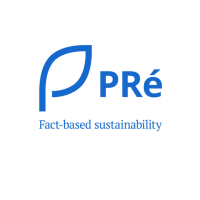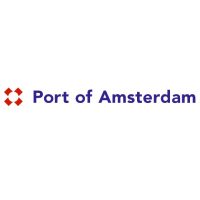Model Baarda
We were the first agency to develop a model for mapping the added value of individual employees. We can rightly call ourselves the source of this new basis for remuneration.
Its importance is great. Organisations want to be agile and functions are therefore not very constant. Employees give it their own interpretation and this is also what we expect from them. Classic job evaluation systems do not fit in with this.
Therefore, model Baarda values not only the function, but also the person responsible for carrying out the work.


Universal
Model Baarda is applicable to any organisation. Small or large, collective agreement or no collective agreement, profit or non-profit, national or international, it makes absolutely no difference.
Model Baarda describes eight roles. Universal roles that mean the same thing within every organisation. Each with their own specific added value.
Importantly, the Baarda model enables organisations to make the shift from job evaluation to individual and result-oriented remuneration. This benefits the agility of these companies and their contemporary vision of people & business.
Rewarding on Added Value
The roles within model Baarda describe the added value that employees deliver. We define added value (TW) as the problem-solving ability (POV) to successfully apply knowledge (K) in certain work situations. In formula: TW = K x POV.
Model Baarda distinguishes a total of eight levels - we speak of roles - of added value. In order of added value, these are the Tackler, Skilled worker, Controller, Expert, Director, Inspirer, Navigator and Chess player.
Each role can be identified by very typical behaviour, so you can quickly recognise in which role an employee feels happy and is captain of his ship. As well as whether the work matches the added value that one can deliver, the 'talent' at one's disposal


Role model
Together with a project group, we first divide the functions into roles so that the organisation is organised decisively. We call the result the job matrix.
Employees are then categorised into learning paths, where we look at their behaviour; the combination of knowledge and problem-solving ability. The result is the people matrix.
We link each role to a market-based salary scale, creating an organisation-specific remuneration system.
Our customers





















Job & People Matrix, Salary Structure
We design our own remuneration system for each organisation. This consists of the job & people matrix and also a market-based salary structure. So no 'one size fits all', but customisation for each individual organisation. Advantages of this approach are:
- User-friendly, approachable and transparent.
- Understanding career and salary prospects.
- Clarity on mutual expectations.



